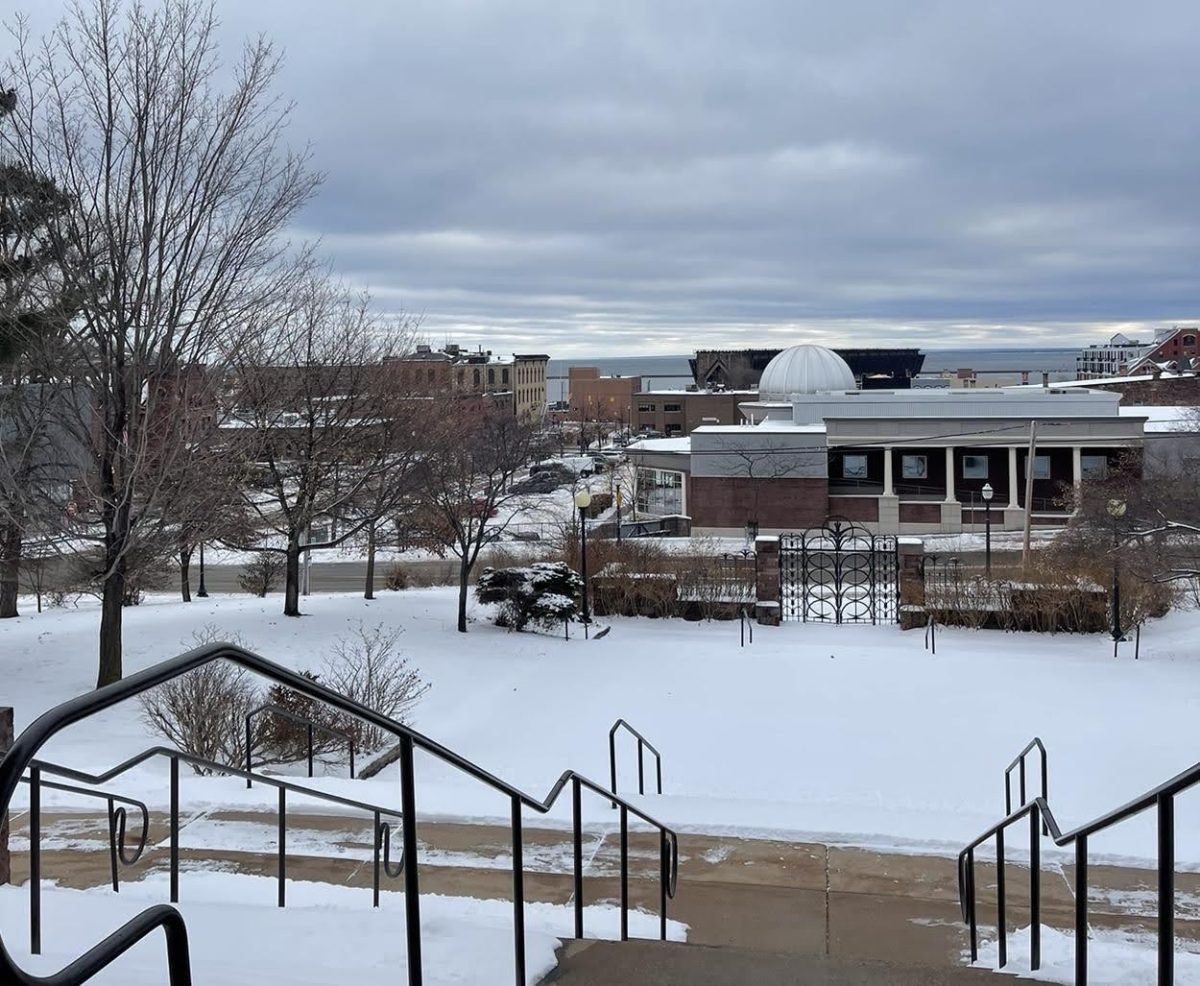Having reached the summit of peak oil, society is looking out over the landscape for new ways to use the environment to produce energy. In our frantic bid for sustainability, some developers are looking at an old source of “green” energy: hydropower. While dams have transformed the American West (and even Marquette), developing nations are now questioning whether they should go down the same path.
Chile, a country embroiled in the current debate over hydropower, has built numerous hydroelectric dams which have provided most of the country’s electricity for over a century. Ideally situated along the towering Andes Mountains, the country has tremendous potential for hydropower since it occupies a slender strip of land where a rapid change in elevation between the mountains and the coast results in fast, turbulent rivers.
Yet, the dams have had a variety of environmental impacts, including the drastic alteration of once free-flowing river habitats, the deterioration of downstream areas, the submergence of large tracts of pristine wilderness, and the endangerment of many animal species. They have contributed to cultural conflicts, including the displacement of indigenous people and the destruction of sacred cultural sites. Yet, above all, it is obvious that constructing large dams is exceedingly risky in a country prone to devastating earthquakes and the persistent threat of volcanic eruption. These risks certainly detract from the “green” appeal of any new dam.
There are other concerns that have arisen as the result of Chile’s heavy dependence on hydroelectricity. Over the past few decades, increased growth and development have strained Chile’s electrical infrastructure. To exacerbate the issue, a series of droughts occurred recently that resulted in widespread brown-outs and black-outs, even in the capital city of Santiago. These events have caused the government to question whether hydropower is reliable enough to fuel Chile’s future economic expansion. This year, after experiencing a particularly dry winter, the government plans to extend summer daylight time in an attempt to reduce energy consumption by making better use of daylight.
Now, as Endesa Chile and a major Chilean utility company, Colbún, are teaming up to build the largest hydroelectric project in the country, Chileans are debating not only whether the energy is worth the cost, but also if it is a viable long-term investment. Interestingly, one of the core objectives of the HidroAysén project, in contrast to the trend described above, will provide for greater hydrologic stability within Chile’s hydropower infrastructure. This will be achieved by decreasing the variability of the reserves through the incorporation of Patagonian rivers to the electrical grid, which, fed by some of the largest ice fields on Earth, are not as susceptible to the droughts that the central regions experience.
The HidroAysén project entails the construction of five hydroelectric power stations, with an average annual energy production of 18,430 GWH, and an installed capacity of 2,750 MW (for reference, the Presque Isle Power Plant currently has total net generating capacity of 431 MW). The project requires the construction of a high tension transmission line which will span 1200 miles across a number of national parks and reservations to plug into Chile’s central power grid which provides electricity for 93 percent of the country’s population. Since submitting its environmental impact analysis in 2006, HidroAysén has faced mounting criticism of its investigative methods, and many experts agree the original report was severely lacking in scope. Since that time, the company has been forced to re-submit with multiple addendums, but the project still has not been approved.
Nevertheless, HidroAysén has been gradually building up support for the project as it trudges through the lengthy permit procedure. Yet, in recent months, the company has been condemned for allegedly pressuring the government to streamline the process.
From the outside, this seems to be a battle between two sides: the developers and urbanites who care only about the energy and jobs the project will create, and the Patagonians who will have to live with the environmental changes which accompany a project on such a large scale and with likely far-reaching ecological consequences. Yet, at the root of this controversy, there appear to be fundamental philosophical divisions among people who support increased development versus those who advocate for widespread conservation.
On the one side, the individual interests of human beings are often prioritized over concerns about nature, while on the other, human beings are seen as inseparable from their natural environment and quick to recognize the inherent worth of all things—a timeless perspective whose contemporary articulation in the form of deep ecology is a refreshing way to view the world and our place within it. For the native communities who hold those distant Chilean landscapes sacred, building a dam and flooding the land is an act of defilement against their home and culture, the aberration of a sacred covenant with the Earth. For me, having recently visited Patagonia and seen firsthand the raw, untamed power of its rivers, I cannot help but hope that those rivers never change, and they keep on flowing unobstructed through one of the last great wildernesses left on our planet.























